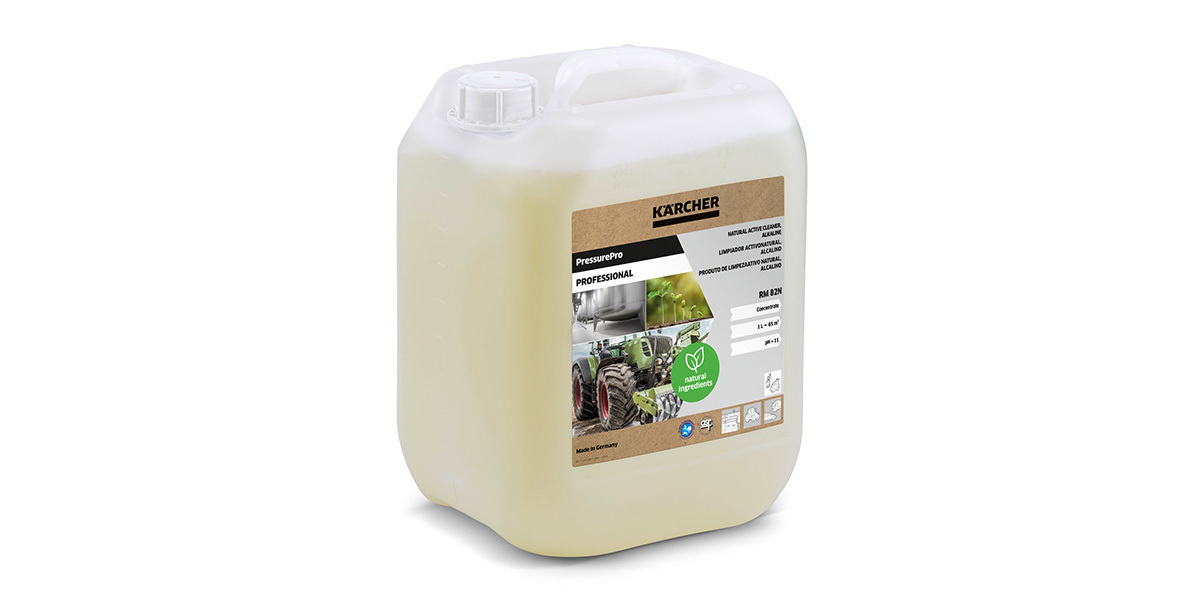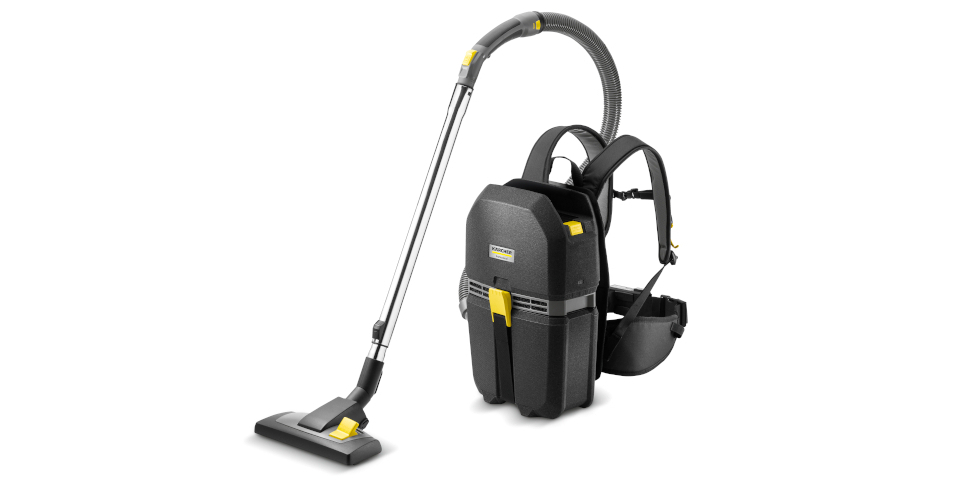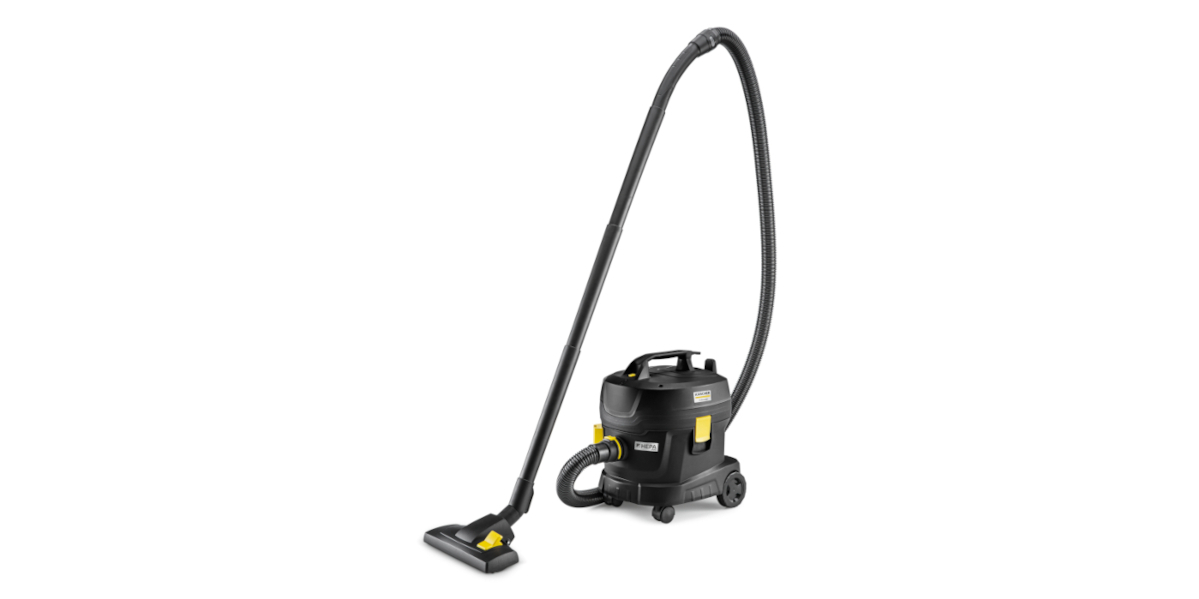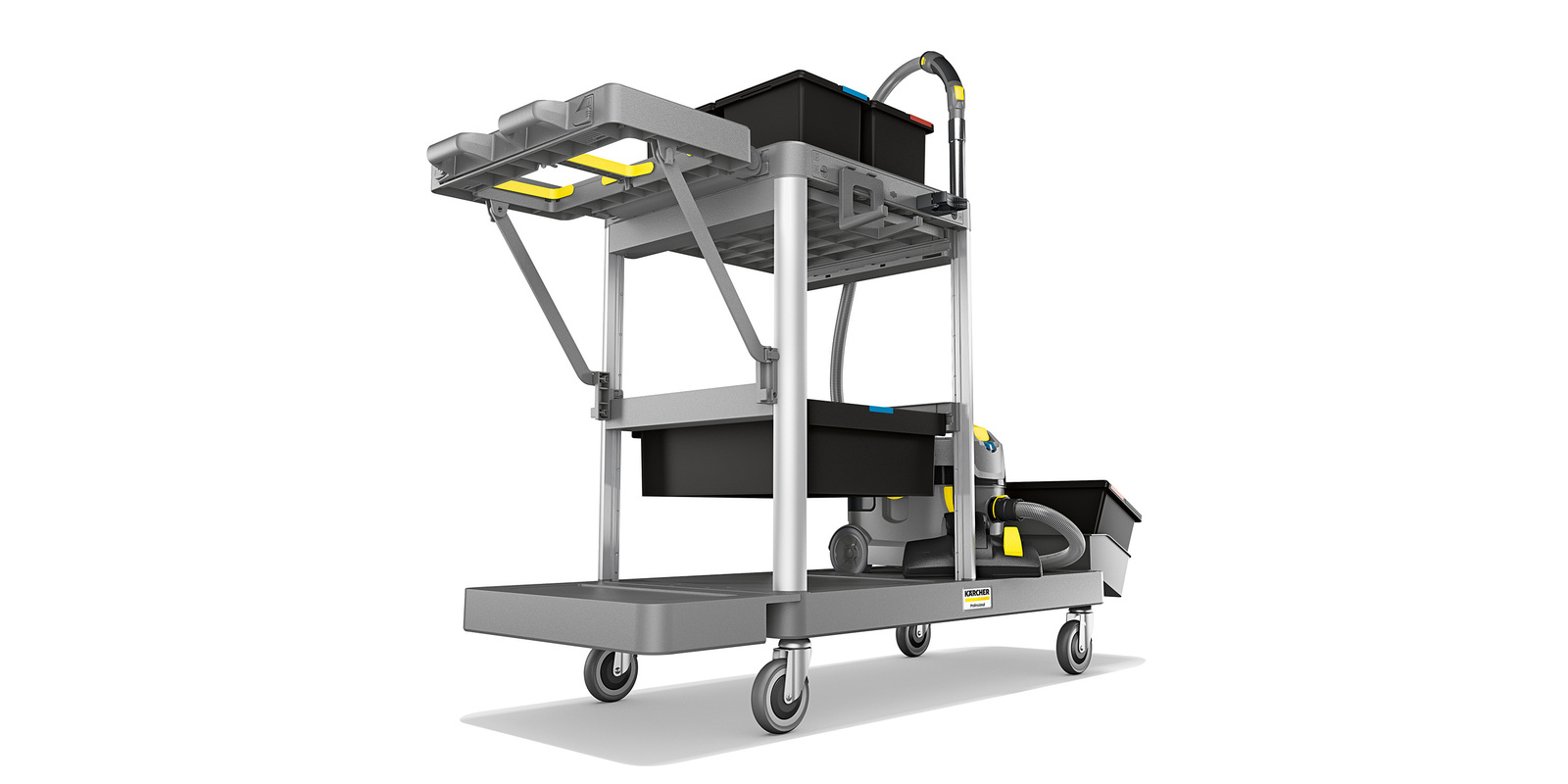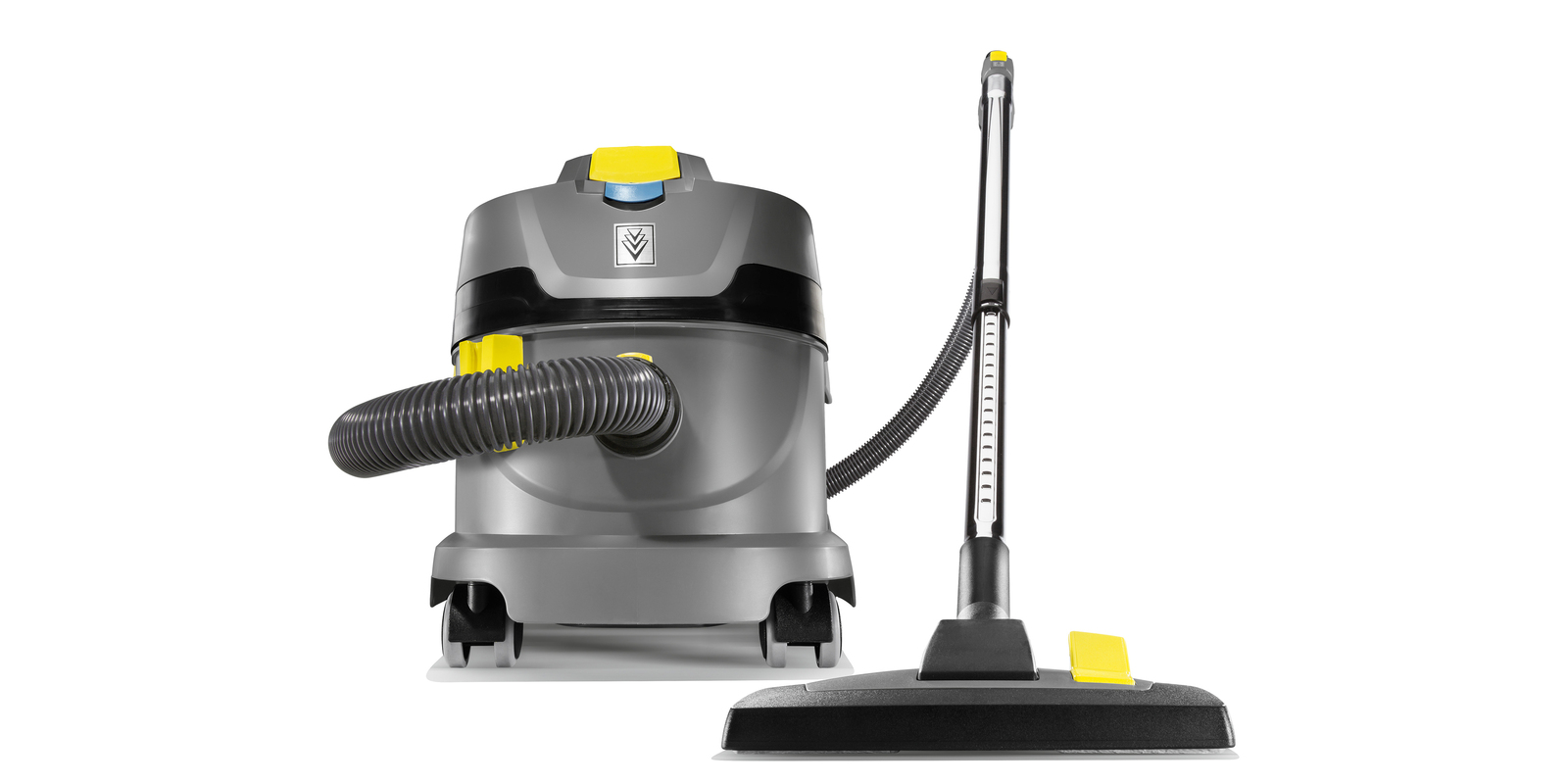Sustainable cleaning
Sustainability is a major talking point in the cleaning industry. However, claims made in this regard must be reliable and comparable. The central focus is on the circular economy to conserve resources. When it comes to cleaning machines, long service lives, material efficiency and recyclability are particularly important. Recycled plastic reduces the use of virgin plastics while lower energy and water consumption reduces the emissions the machines are responsible for. When it comes to cleaning chemicals, the need for efficiency needs to be harmonised with the need to protect the environment. Last but not least, ergonomic products that focus on the user must not be overlooked.

Circular economy for machines
The core principle of the circular economy is to lose as few resources as possible, recycle as much as possible and cause as little harm as possible over the life cycle of a given product. The strategy extends all the way through the supply chain, from production and logistics through the utilisation phase of a product to the end of its useful life, i.e. recycling.
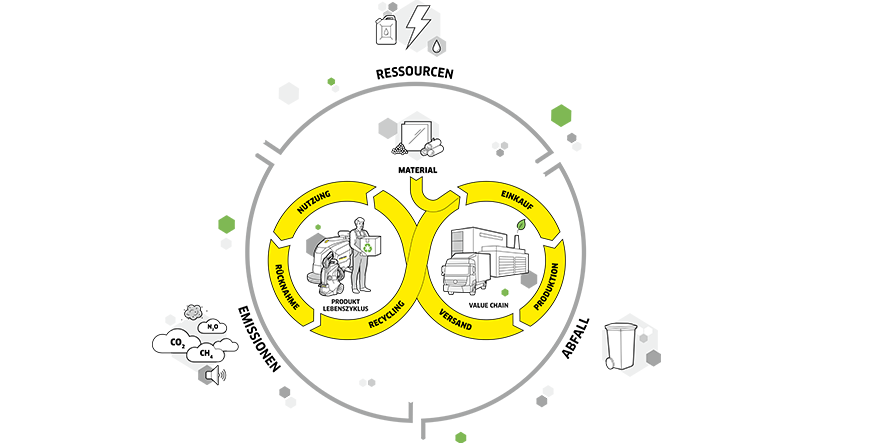
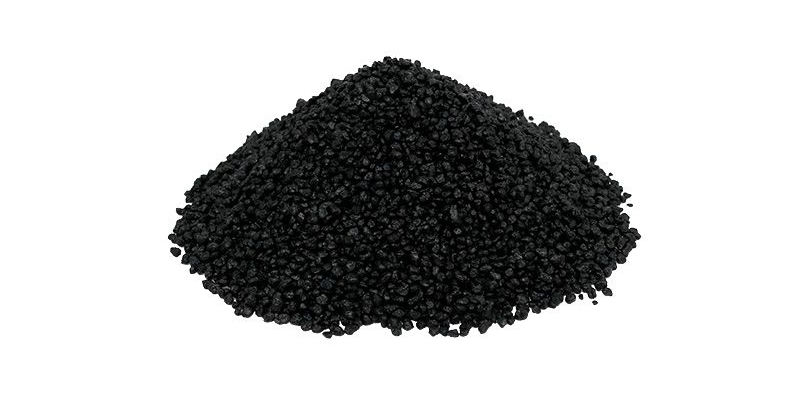
The material: reduce and reuse
For a product to be material-saving, its design must already be optimised to use as little material as possible without compromising on high quality. In addition, recycled materials can be used in the product: in doing so, care must be taken to ensure that materials such as recycled plastics fulfil all the necessary requirements for stability and robustness in application. Another option is the use of natural ingredients, which should be sourced from refuse in the food or agricultural industries in order to avoid wasting food that is otherwise perfectly edible. When designing the product, it is also important that it is designed to be easy to maintain and repair, which is why the availability of spare parts plays a key role. The repair should also be easy to carry out using standard tools and require as few disassembly steps as possible.
Difference between recyclate and regranulate
Ultimately, the best way to contribute to the conservation of resources is not to manufacture new products in the first place. This brings concepts to the fore that go beyond the return, reuse or sharing of products and thus reduce the need for new purchases. Manufacturers who develop their products with longevity in mind are also making a contribution in this regard – because a machine that can be used for a long time delays the need to purchase a new product.
Tip – An important distinction:
Recyclate is plastic that was previously waste and has since been professionally processed. Regranulate is plastic that has accumulated as waste during production and is reused straight away. This distinction is important in order to correctly state figures on the proportion of recycled material used, for example.
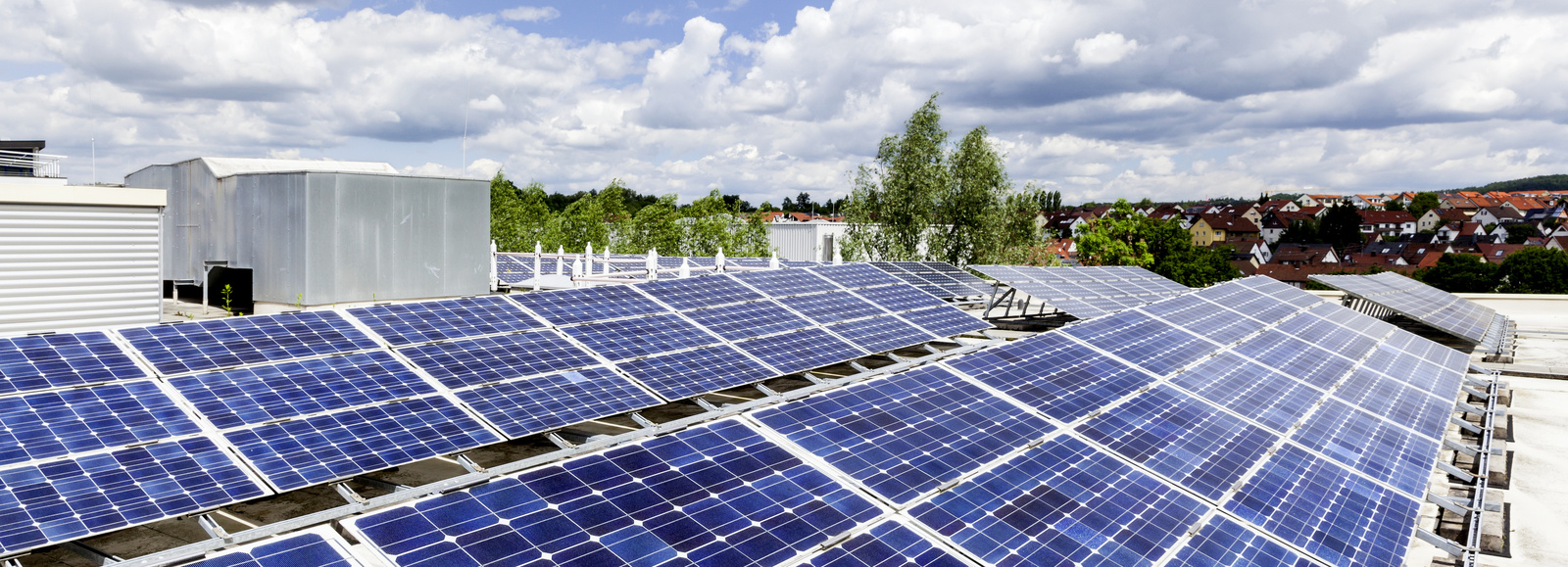
Resource use and emissions: reduce, reduce, reduce
Whether methane or CO2 – the reduction of climate-damaging greenhouse gases is at the forefront of many solutions aimed at ensuring sustainability. Companies that rely on renewable energy for their production processes and on space-saving, recyclable packaging (or even the complete absence of packaging) in their logistics operations are making a significant contribution to climate protection. The local-for-local concept, which is based on regional procurement, production and transport structures, avoids long transport routes and the emissions associated with these.
The proportion of emissions over the life cycle of a product in its various phases depends on the type of product in question. For example, a cleaning machine that uses electricity, water and chemicals will generate the majority of its emissions during the usage phase, with materials used being the second most significant contributor. By contrast, in the case of detergents and cleaning tools, the focus with regard to emissions is primarily on materials and then on transport.
Users can compare the consumption values of machines, focusing on low consumption of resources such as electricity, water and cleaning chemicals. The more energy-efficient and resource-saving a product is, the better it is for the user's carbon footprint. The electricity mix used has a further influence on the carbon footprint of the product. If 100-percent green electricity is used in the operation of the product, the carbon footprint in the usage phase is reduced to almost zero, depending on whether or not other influencing factors such as water or chemicals come into play.
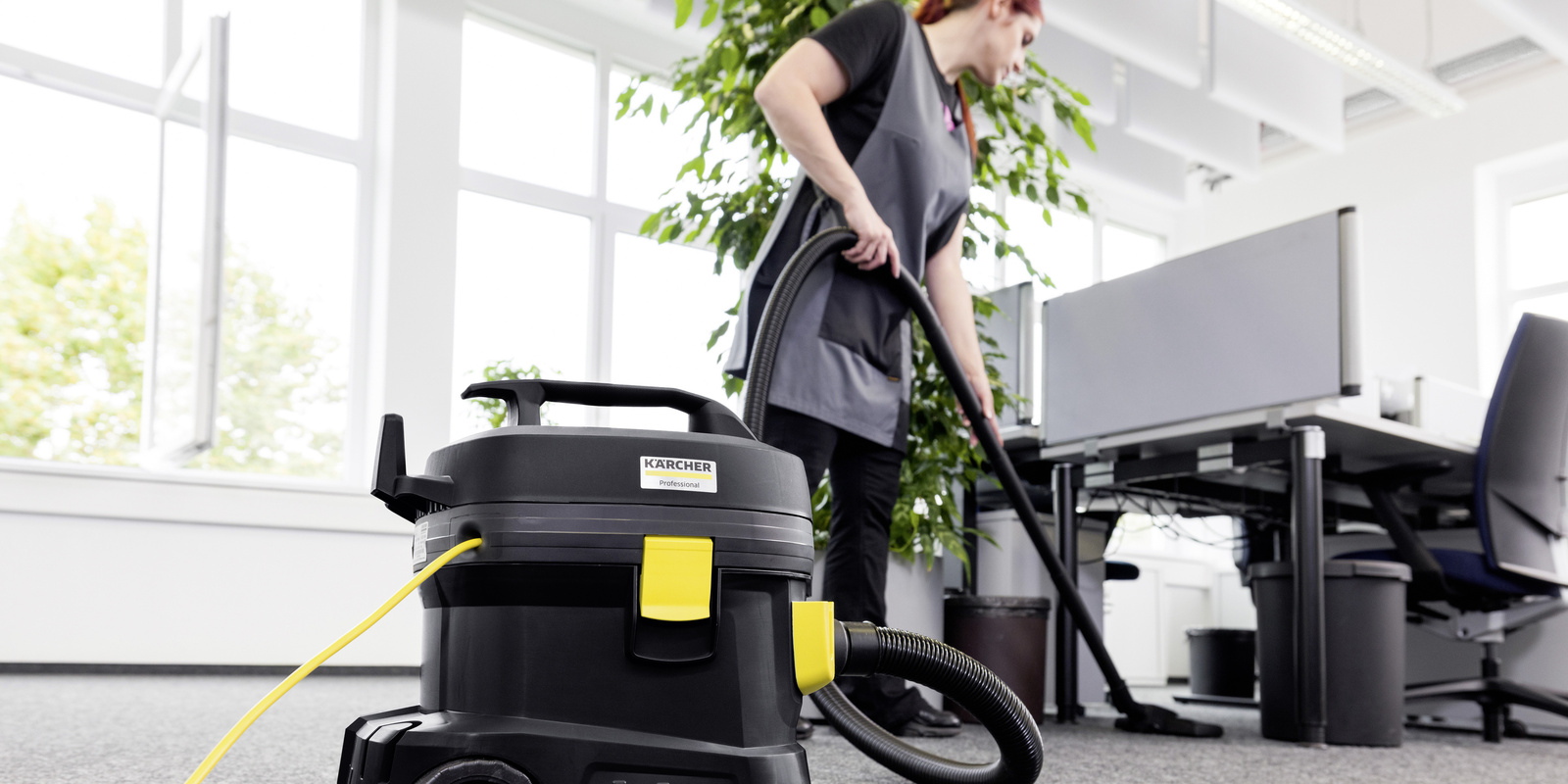
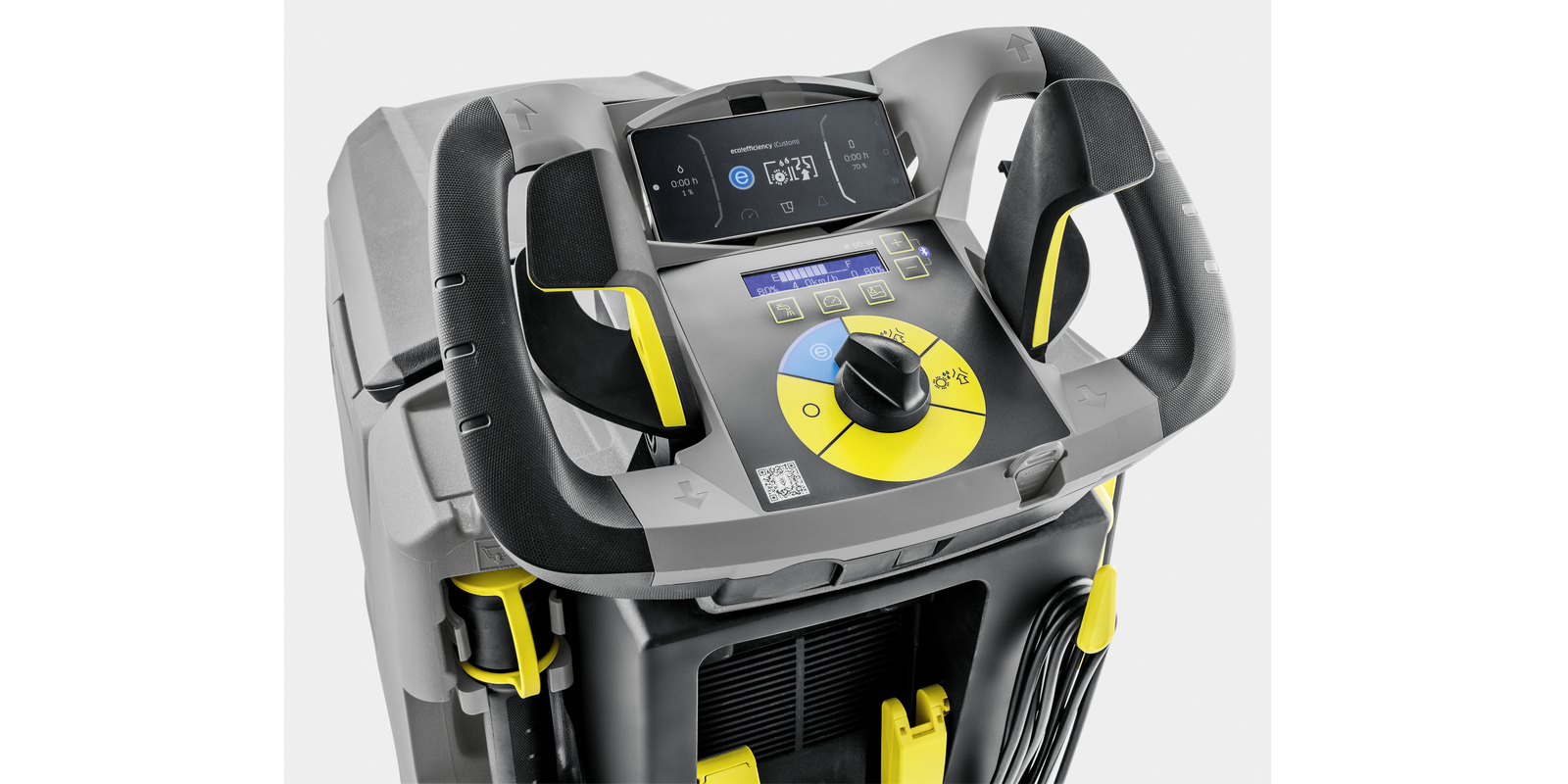
Eco mode reduces consumption
For a sustainable approach that also considers the user and the immediate environment, dust and noise emissions are central. Sweepers or vacuum cleaners with powerful filtration solutions remove dust, fine dust and – depending on the filter class – even harmful particles from the exhaust air. When it comes to noise emissions, an important part of the portfolio is battery-powered machines – be they leaf blowers for outdoor work or particularly quiet dry vacuum cleaners for indoor cleaning.
Handling waste: nothing wasted means nothing to deal with
Even when products are easy to maintain, are designed to last and may already have been reused as a part of a reuse pool following the initial usage phase, there comes a point in time when the end of the life cycle is reached. This is when it becomes evident how recyclable the machine's components are. If the manufacturer has pursued a strategy of designing an easily recyclable product, it should be simple to extract the plastic for reuse. For example, by connecting components via plug-in connections instead of gluing them together, this makes them easy to dismantle. To facilitate recycling, painting can also be avoided to ensure that as little non-recyclable waste as possible remains at the end. Practices such as the avoidance of potentially hazardous substances that need to be disposed of separately and the reduction of microplastics should now be standard for all manufacturers.
Tip – Reducing consumption:
Many machines also come with an eco mode, which reduces consumption while still delivering very good cleaning results on non-stubborn dirt.
Sustainable cleaning chemicals
In many circumstances, it's impossible to effectively remove soiling without the use of cleaning chemicals. This is usually the case in industrial applications, as well as in the hospitality sector, agriculture and building cleaning services. But how can cleaning chemicals be used sustainably?
The secret of active ingredients: from combinatorial chemistry to renewable raw materials
A key point in assessing the significance of detergents is Sinner's circle: time, mechanics, temperature and chemicals are required to achieve a desired cleaning result. If the effect of one component (e.g. chemicals) is reduced, the other components must then compensate for this. Microfibre cloths, for example, can reduce the need for detergents in surface cleaning, since these are slightly abrasive. However, if no detergents are used at all, the cleaning staff have to apply a lot of force – i.e. the mechanics – to prevent a layer of dirt from forming. This example demonstrates the kind of decisions that need to be weighed up as to whether and how sustainable action can be taken with regard to the use of cleaning chemicals. In addition, certain stains such as grease, oil or bird droppings are very stubborn, making cleaning without detergents difficult.
In order to develop environmentally friendly detergents, many manufacturers are avoiding petroleum-based formulas and working with renewable raw materials instead. For this, at least a couple of important points need to be considered: firstly, rainforest areas cannot and should not be cut down in order to gain arable land. Secondly, efforts to make use of renewable raw materials should not compete with food production. Ideally, waste products from local sources of food production should be used, since this means that no resources will be wasted and no new logistics chains with long travel routes will need to be set up.
Alternatively, in order to minimise the impact on both the environment and users, a process known as combinatorial chemistry can be used to develop highly effective non-toxic detergents. During product development, synergies between different raw materials are analysed to determine the best, most environmentally friendly combination that will also achieve a very good cleaning performance.
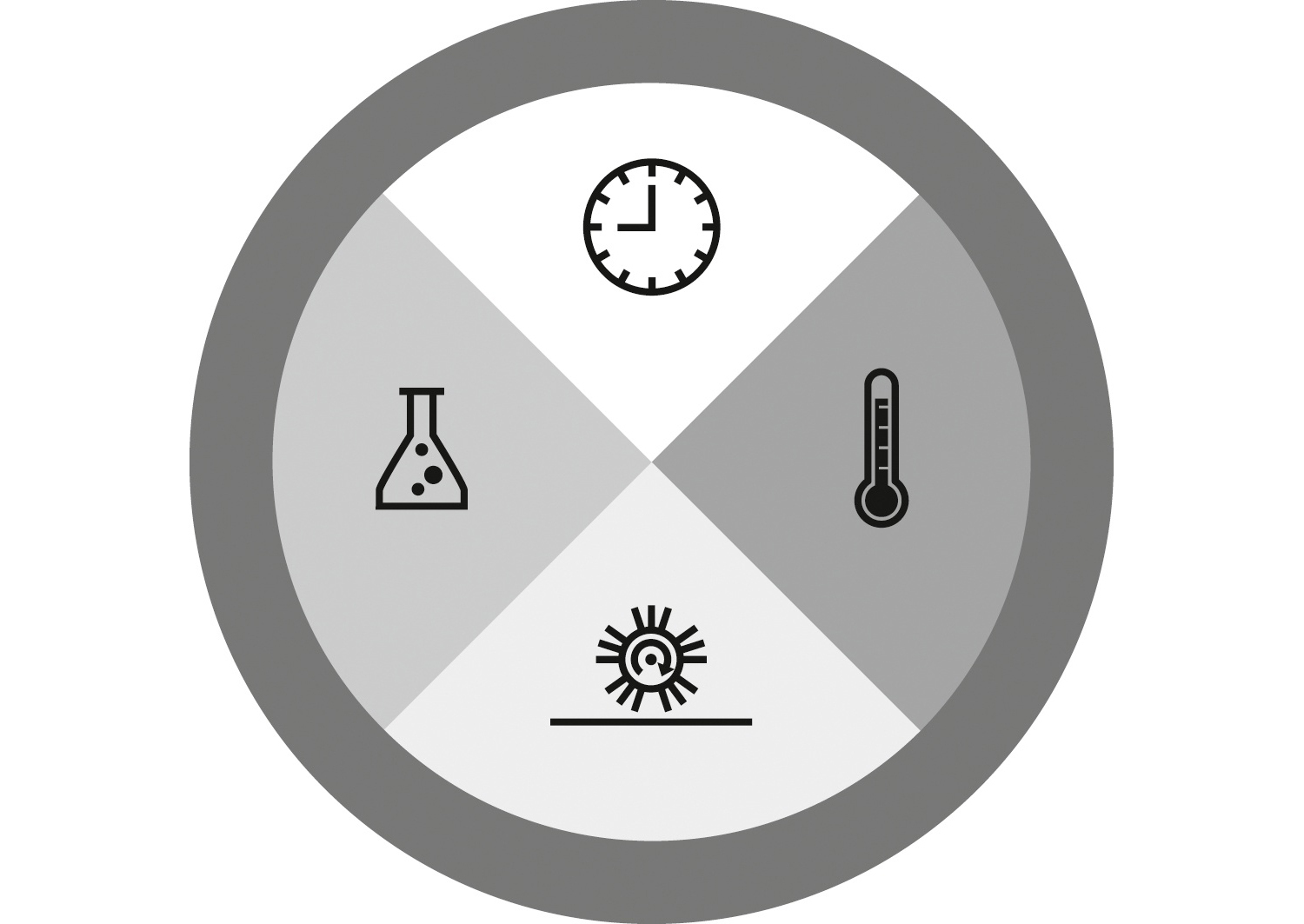
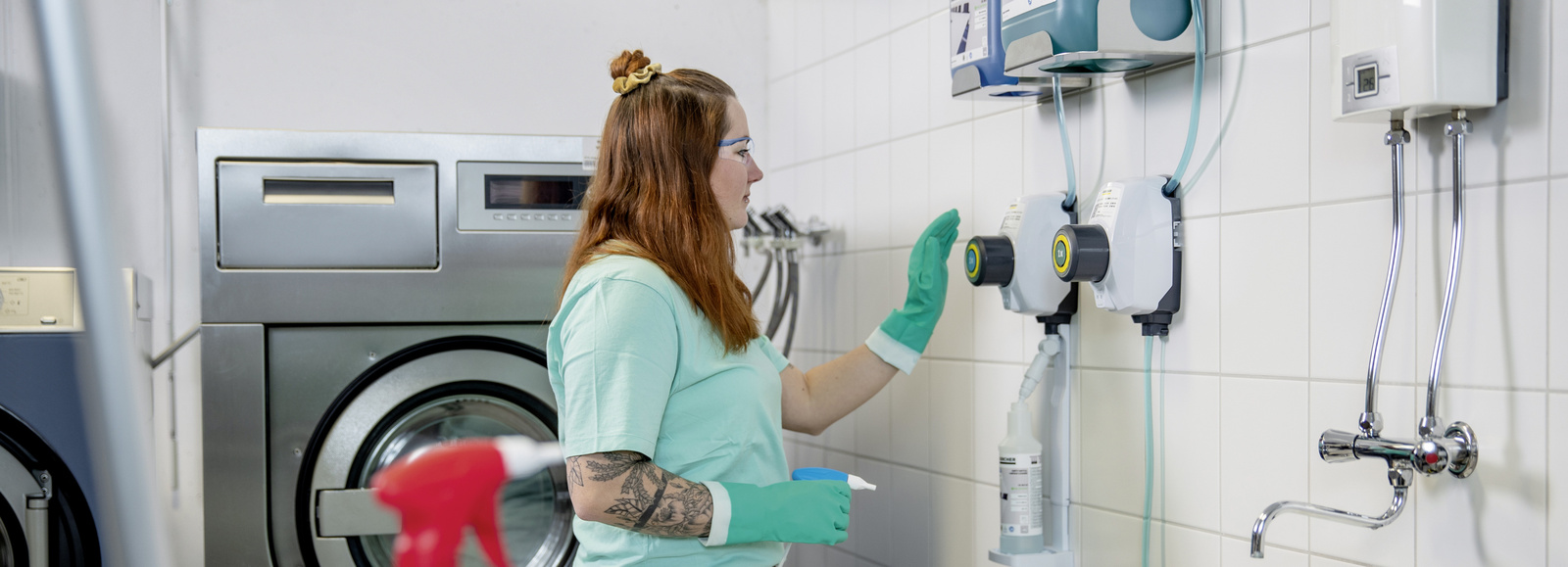
It all comes down to the dosage: high concentrations and clever dosing concepts
Beyond the raw materials used, there are other aspects to consider when it comes to the sustainability of detergents and their carbon footprint. Ultra-high concentrates, for example, come with the advantage of being highly effective in very small doses. This allows major savings to be made in the use of packaging material, logistics and transport, since the containers used are much more compact and circulated in smaller numbers.
Taking production and logistics of detergents into account
Another consideration that must not be overlooked is how to ensure that detergents are used in the correct dosage. This can be achieved through the use of dosing stations or user-friendly spray bottles, as well as with cleaning technology that allows the dosage to be adapted to the degree of soiling, or that allows cleaning chemicals to be omitted altogether.
Tip 1 – Taking production and logistics for detergents into account:
When using detergents based on renewable raw materials, the production and logistics of the detergent should also be taken into account when deciding on an overall sustainable solution.
Tip 2 – Longer contact time for detergents in foam form:
Detergents in foam form increase the contact time, allowing a comparable effect to be achieved with a lower dosage.
Efficiency and ergonomics for sustainable working
Sustainability in terms of resource conservation often revolves around the use of materials, active ingredients and emissions. Nevertheless, a clever cleaning concept and ergonomic work processes are just as important – if not more so. This means that cleaning is only carried out where it is really necessary – and that employees are not put under an excessive amount of physical strain.
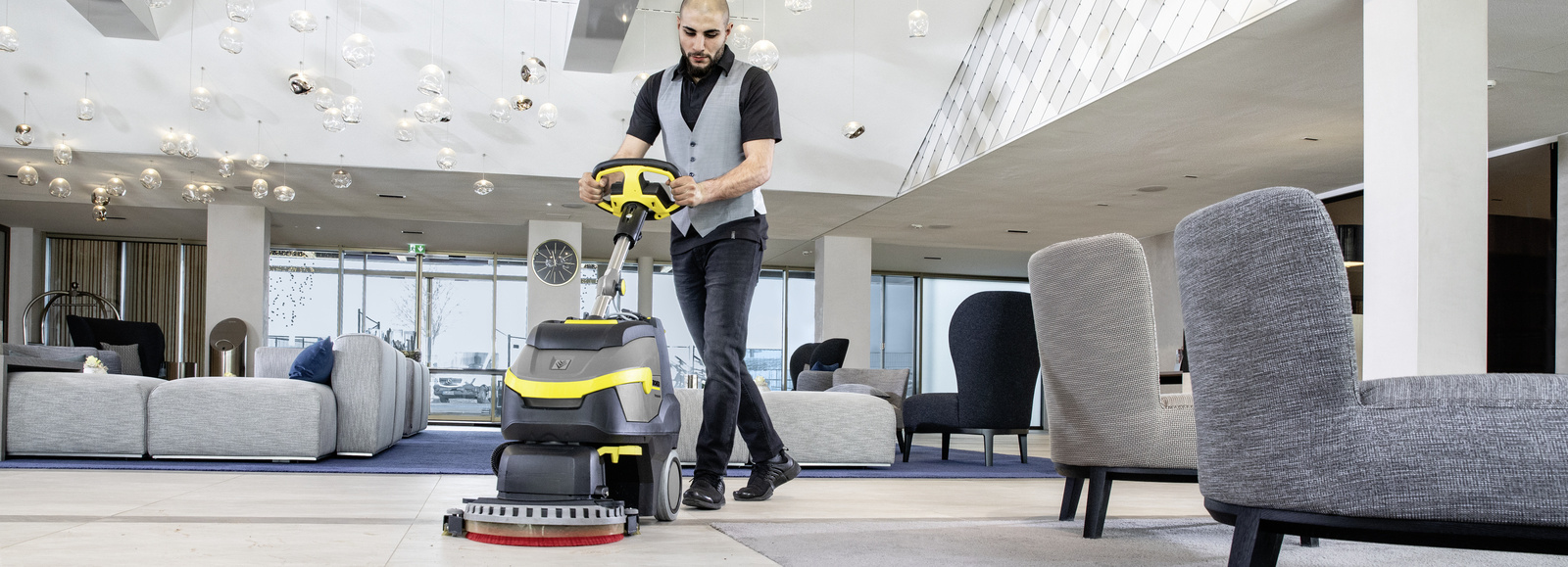
A cleaning concept saves cleaning effort: regularity provides high added value
Stringent cleaning concepts also provide an important basis for reducing cleaning costs while maintaining consistently high quality and extending the lifetime of properties and floor coverings. The PDIR concept consists of four elements that build on each other:
- "P" for "preventative" aims to stop dirt and dust from entering a building in the first place. Preventative cleaning measures in the outside area and "clean-off zones" in the entrance area reduce the ingress of dirt and thus the cleaning requirements inside the building.
- "D" for "daily" emphasises the importance of everyday maintenance cleaning. If impurities are removed as quickly as possible using the appropriate methods, the process is usually quicker and less time-consuming.
- "I" for "interim" focuses on the importance of resource-saving intermediate cleaning processes. This allows surfaces and floors to be restored to a neat and attractive condition, which delays the need for the next deep clean.
- "R" for "restorative" emphasises the fact that basic cleaning processes make a valuable contribution to increasing the lifetime of materials. The need for repairs or complete replacements is also reduced, resulting in high cost savings over time.
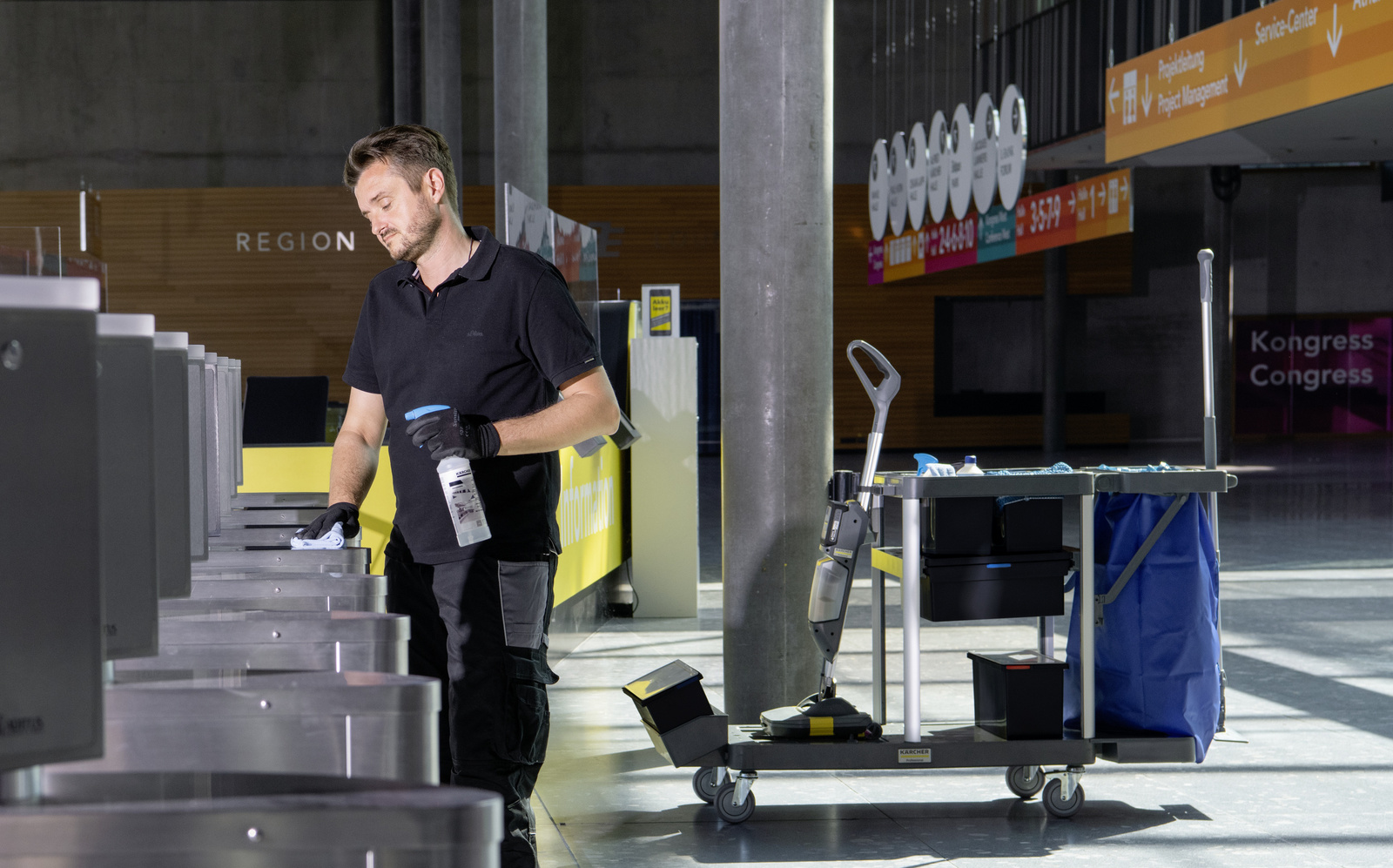
Ergonomics protect the user's health: what to bear in mind
Ultimately, no product is sustainable if it does not also take the user into consideration. Anything that makes work easier or reduces physical strain should be considered in this sense. The topic is very broad, since ergonomics concerns machines as well as methods and new technologies.
Examples include cleaning trolleys that are designed with a platform concept, allowing individual components to be decoupled according to the cleaning task at hand. Methods such as the pretreatment or spraying method also make work easier by eliminating the need to carry around a heavy bucket containing ten to fifteen litres of water. Instead, microfibre cloths or mops are soaked in the right amount of water and detergent and can be used immediately. Battery-powered machines also provide a number of advantages: cordless working is easier, avoids the risk of accidents and reduces the amount of moving around required.
Tip – Adaptable, manoeuvrable cleaning machines:
Machines should be adaptable to users of different heights; seats should be adjustable and offer sufficient legroom. Machines that are pushed by hand should also be manoeuvrable and, ideally, feature a traction drive.
Suitable products for your area of application
Find a wide range of technology at lightning speed – with the Kärcher Professional product finder
In no time at all, we'll show you the exact Kärcher Professional machine that best suits your specific cleaning task.

